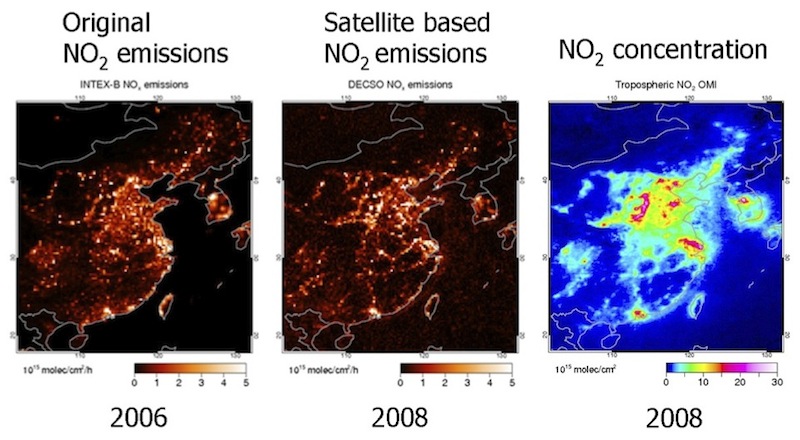Seminar
Emission monitoring with OMI and TROPOMI and the European atmospheric satellite program

Pieternel Levelt, Climate Observations KNMI and University of Technology Delft
Thursday, May 30, 2013, 3:30 pm Mountain Time
DSRC 2A305
Abstract
In the last 30 years the capability of measuring the atmospheric composition from space did grow tremendously. Examples are ESA's ENVISAT and NASA's Eos-Aura satellite programmes. Due to that, the potential to operational monitor the atmosphere, following the meteorological community, is now within reach. At the same time, the importance for society of regular operational environmental measurements, related to the ozone layer, air quality and climate change, became apparent. The EU Copernicus Program (which used to be called Global Monitoring for Environment and Security (GMES)) recognises this importance, amongst others materialising in the operational Copernicus sentinel satellite programme. This programme includes several satellites for atmospheric composition measurements, which are the sentinel 5 precursor, sentinel 4 and sentinel 5. The Copernicus Program is a combined EU/ESA/EUMETSAT effort.
I will give a short introduction in the current capabilities from space to measure the atmospheric composition and emissions of air pollutants and greenhouse gases. I will focus on results from the OMI instrument, flying on EOS-Aura, and also present the expected capabilities of the new instrument TROPOMI that will be launched half 2015 on ESA's sentinel 5 precursor satellite. KNMI fulfils the role of Principal Investigator for both satellite instruments.
Then I will discuss specifically a new fast emission inventory method based on satellite data which was developed in my department at KNMI with examples above Asia and South Africa.

ALL Seminar attendees agree not to cite, quote, copy, or distribute material presented without the explicit written consent of the seminar presenter. Any opinions expressed in this seminar are those of the speaker alone and do not necessarily reflect the opinions of NOAA or CSL.